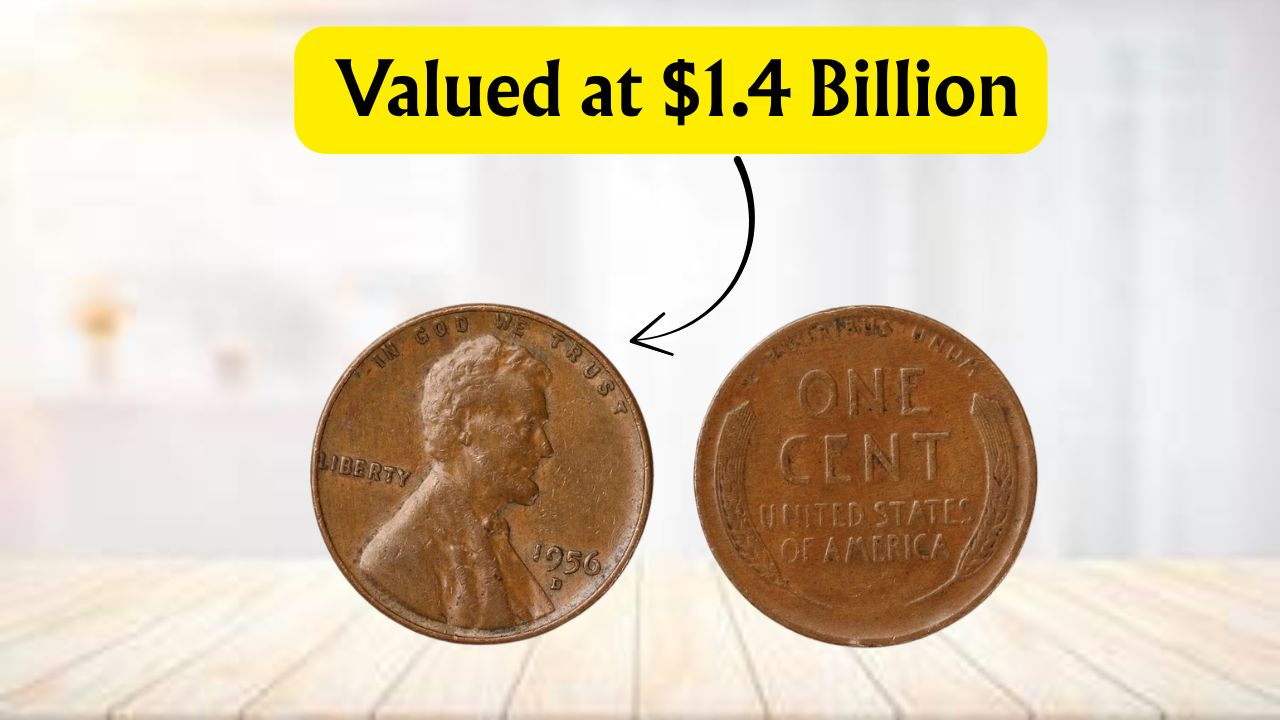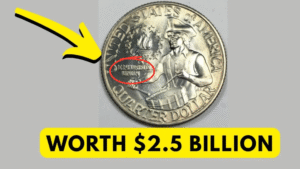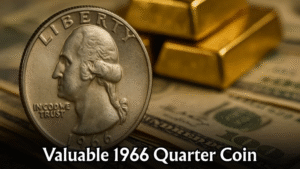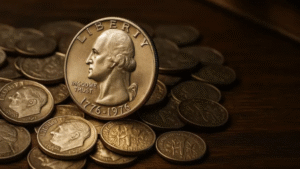Lincoln Wheat Penny: Imagine finding a penny in your pocket worth $1.4 billion! The Lincoln Wheat Penny, a simple coin from 1909 to 1958, has sparked wild rumors of such a massive value. While no penny has ever sold for that much, some rare ones are worth millions, and they might still be hiding in your change. This article explains in easy words why these coins are special, how to spot them, and why the $1.4 billion claim is likely a myth. Start checking your coins—you could be holding a treasure!
What Is the Lincoln Wheat Penny?
The Lincoln Wheat Penny, also called the Wheat Cent, was first made in 1909 to celebrate Abraham Lincoln’s 100th birthday. It was the first U.S. coin to show a real person instead of symbols like Lady Liberty. Designed by Victor David Brenner, it has Lincoln’s face on the front and two wheat stalks on the back. These pennies were used until 1958, when the Lincoln Memorial design replaced them.
Why Are Some Worth So Much?
Certain Wheat Pennies are super valuable because of rare years, minting mistakes, or limited production. For example, a few pennies from 1943 were accidentally made in copper instead of steel, making them worth millions. The $1.4 billion claim, though, is likely an exaggeration from social media or clickbait sites, as no penny has ever reached that price.
The Truth Behind the $1.4 Billion Claim
No Lincoln Wheat Penny has ever sold or been valued at $1.4 billion. The highest recorded sale was a 1943-D copper penny for $1.7 million in 2010, with some valued at $2.3 million in perfect condition. The $1.4 billion figure seems to come from online rumors or confusion about the total value of all Wheat Pennies ever made (over 27 billion coins). Experts say it’s a myth, but rare pennies are still worth hunting for
Top Rare Lincoln Wheat Pennies to Look For
Here are the most valuable Wheat Pennies collectors want:
1. 1943 Copper Penny
- Why Rare: Most 1943 pennies were steel due to wartime copper shortages, but a few copper ones were made by mistake.
- How to Spot: Check for “1943” and use a magnet—if it doesn’t stick, it’s copper.
- Value: Up to $1.7 million. Only about 20 exist.
2. 1909-S VDB Penny
- Why Rare: Only 484,000 were made in San Francisco, with the designer’s initials “VDB” on the back.
- How to Spot: Look for “1909-S” and “VDB” near the wheat stalks.
- Value: Up to $100,000 or more in top condition.
3. 1955 Doubled Die Penny
- Why Rare: A minting error caused doubled text on the front, like “LIBERTY” or the date.
- How to Spot: Check “1955” for blurry, doubled letters.
- Value: $1,000 to $15,000.
4. 1914-D Penny
- Why Rare: Only 1.2 million were made in Denver.
- How to Spot: Look for “1914” and a “D” mint mark.
- Value: Up to $159,000 in mint condition.
| Coin Type | Year | Key Feature | Estimated Value |
|---|---|---|---|
| Copper Penny | 1943 | Copper, non-magnetic | Up to $1.7 million |
| VDB Penny | 1909-S | “S” and “VDB” on back | Up to $100,000 |
| Doubled Die Penny | 1955 | Doubled text on front | $1,000–$15,000 |
| Denver Penny | 1914-D | “D” mint mark | Up to $159,000 |
How to Spot a Valuable Penny
Check these details to find a rare Wheat Penny:
- Date: Look for 1909, 1914, 1943, or 1955.
- Mint Mark: Find “S” (San Francisco) or “D” (Denver) below the date.
- Material: For 1943, use a magnet—copper pennies don’t stick.
- Condition: Shiny, unworn coins are worth more.
- Errors: Look for doubled text or other odd features.
Where to Find These Coins
You might find Wheat Pennies in:
- Pocket Change: Some still pop up in everyday transactions.
- Coin Rolls: Get rolls from banks to search.
- Old Collections: Check family jars or inherited coins.
- Coin Shops or Auctions: Visit dealers or sites like eBay or Heritage Auctions.
What to Do If You Find a Rare Penny
- Don’t Clean It: Cleaning can lower its value.
- Store Safely: Put it in a plastic coin holder.
- Get It Checked: Take it to a coin expert or grading service like PCGS or NGC.
- Sell Smart: Use auction houses or trusted dealers for the best price.
Avoiding Fakes
Some try to fake rare pennies, like coating 1943 steel pennies with copper. Use a magnet to test 1943 coins—real copper ones don’t stick. For others, check for blurry details or wrong weight. Always get a professional grading to be sure.
Conclusion
The $1.4 billion Lincoln Wheat Penny is likely a myth, but coins like the 1943 Copper Penny or 1909-S VDB are worth thousands or even millions. These pennies, made from 1909 to 1958, could be hiding in your change, old jars, or family collections. Check dates, mint marks, and condition, and get any finds checked by experts. The thrill of finding a rare penny keeps collectors excited. Look closely at your coins—you might have a small fortune!
FAQ
Is there really a $1.4 billion Lincoln Wheat Penny?
No, it’s a myth. No penny has sold for that much. The highest was $1.7 million for a 1943 copper penny.
Can I still find rare Wheat Pennies in circulation?
Yes, though rare, they can appear in pocket change, bank rolls, or old collections.
How do I know if my penny is valuable?
Check the date (1909, 1914, 1943, 1955), mint mark (“S” or “D”), and look for errors like doubled text.
What’s the rarest Lincoln Wheat Penny?
The 1943 copper penny, with only about 20 known, is the rarest and most valuable.
What should I do if I find a rare penny?
Don’t clean it, store it safely, get it graded by PCGS or NGC, and sell through auctions or dealers.



